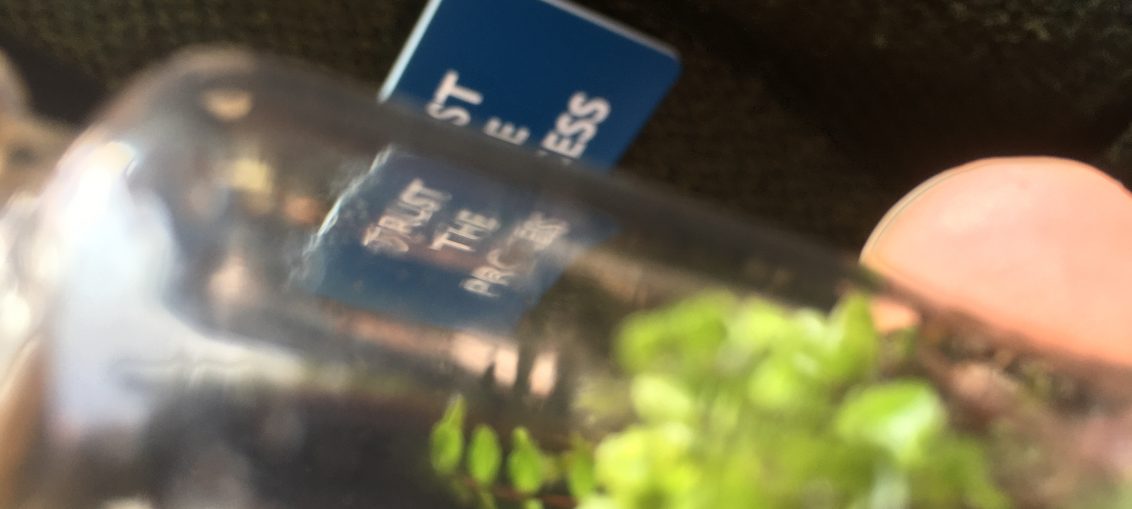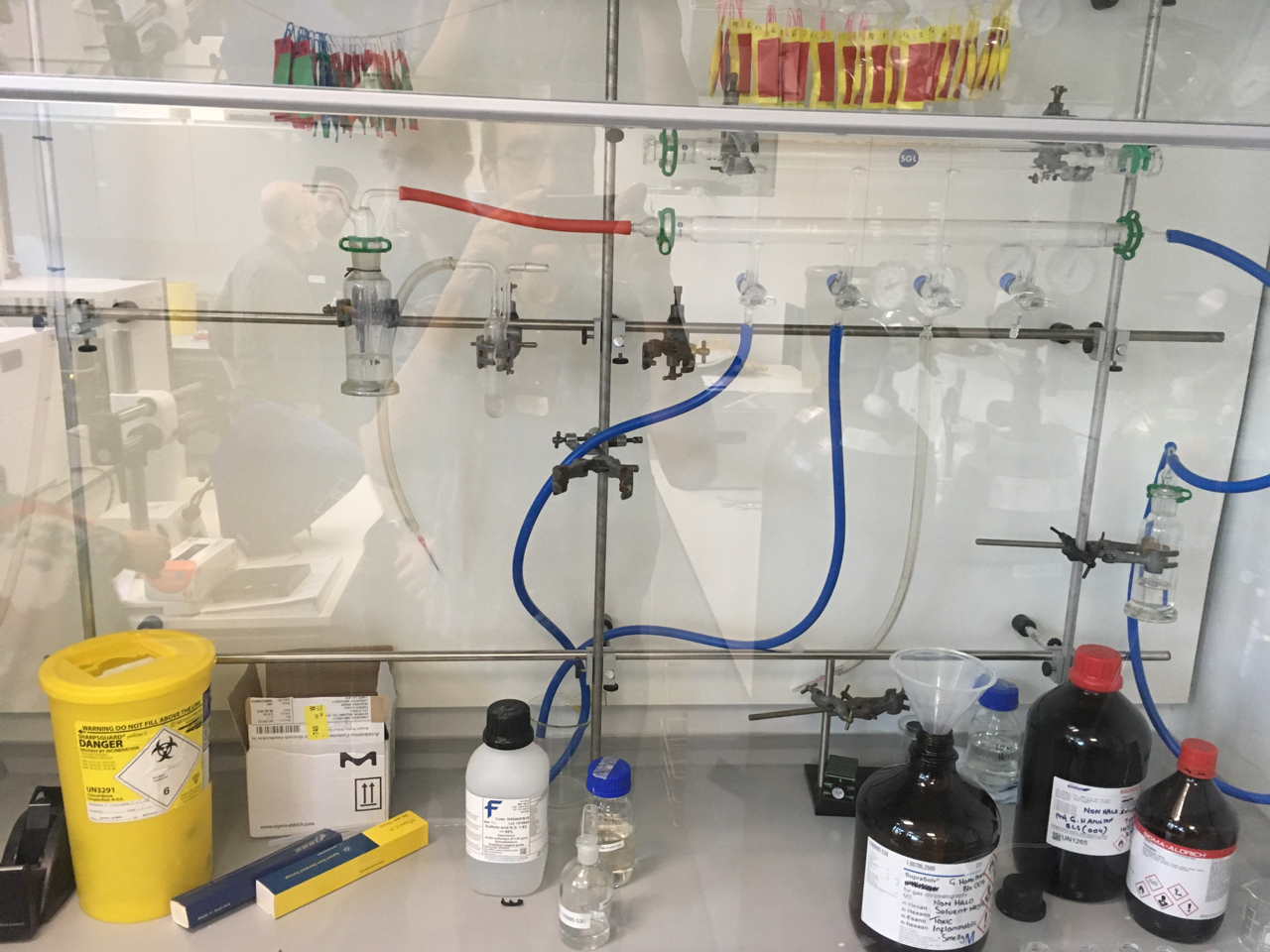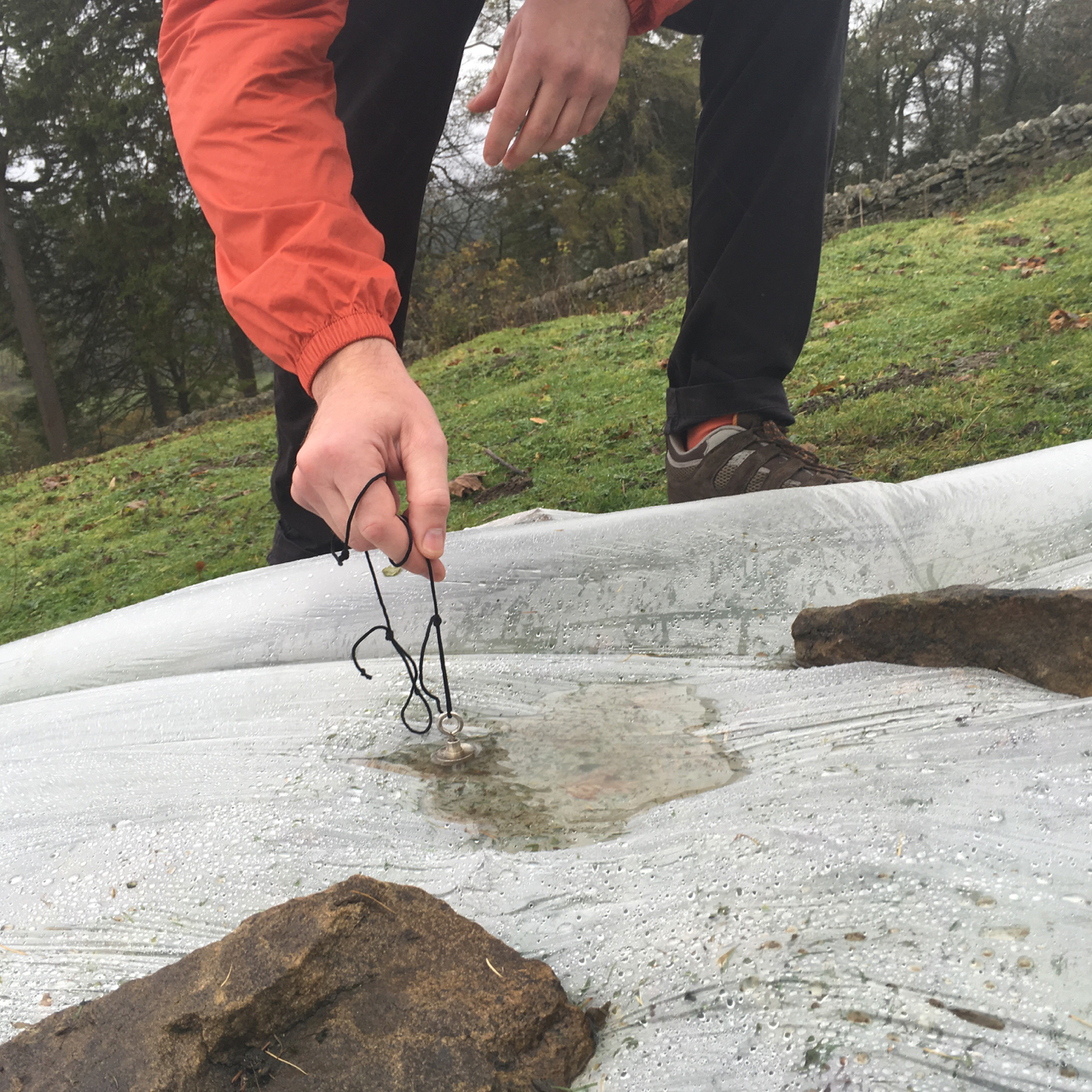"In an artistic exploration, clay hands and non-hand-like, unfeasible clay objects were created by the participant and used to perform an alternative version of the rubber hand illusion. Most participants felt ownership even over these unfeasible objects, raising questions about the embodied experience of objects that we make." https://journals.sagepub.com/doi/full/10.1177/0301006620948502
Tag: sciart
Trust the process
“...embrace that which is unknown, derive wonder from illogical consequences, and then carry out experiments, derive further empirical observations based on the resultant emergent properties in that very moment of experience… make conjectures based entirely on the confusions about what was to be obtained, and generate questions which wh remain unanswerable…” Extract from ‘The Pressure of Ideas'
Para Lab – Meander~Delta
On the 28th / 06/2020 para lab met up at Brunclough reservoir. Everyone was tasked with creating ’a device to test the material properties of a thing’. I produced an edition of 15 Meander~Delta objects [drawings and text contained within a petri dish] with which to collect things and make notes, I also brought a homemade tardigrade extractor [salad spinner]. The wind and rain on occasion proved to be too disrupting to do any detailed work – or too difficult even speak to each other… https://www.instagram.com/p/CB-3MrkllD6/?utm_source=ig_web_button_share_sheet https://www.instagram.com/p/CCBafc3F-2n/?utm_source=ig_web_button_share_sheet
Proximal Osmosis Collaboration
Osmosis is the gradual permeation of ideas between different fields. It implies a passive slow diffusion, an unconscious assimilation of knowledge. In biology it is a process by which molecules tend to pass through a semi-permeable membrane from a less saturated medium into a more saturated one. This leads to two mediums of equal saturation through a one-directional flow, resulting in two different volumes. These illustrations explore the idea of osmosis as a model for ‘collaboration’ as an alternative to the idealised collaborative sciart model often represented through the vesica Piscis [Fig. 1 and 2]. One in which ideas permeate through osmotic proximity [3] created by collaborative environment and mediums separated by a ‘proximal membrane’ through which ideas and knowledge
Synanet workshop: Disrupt Encode Consolidate
Notes for the collaborative Art & Bio-science Workshop at Lancaster University, UK on Monday 17th to Wednesday 19th December 2018I had a very interesting 3 days at Lancaster University participating in the Synanet workshop. The idea was to bring together interdisciplinary practice across the sciences and arts, to explore ideas in neuroscience research and BioArt. The workshop “aimed to DISRUPT dogmatic thinking across these disciplines, ENCODE new approaches and insights through shared interactions and CONSOLIDATE these ideas through artistic expression” https://cheapjack.github.io/DisruptEncodeConsolidate/ It consisted of scientific demonstrations and hands-on activity was to provide insight into the theory and practice of neuroscience research. FMRI [functional brain imaging] behavioural analysis in mice and Fruit Fly’s and Sand Fly’s, And some presentations about the “gut-micro-biome-brain interface”. Most interestingly “ …The workshop aimed to
Fieldwork under the ‘Darkest sky’
I was invited by Annie Carpenter and Nicola Ellis to Allenhead Arts for a few days of art and science during the night of the Orionids meteor shower, hoping for clear yet dark skies. They had been resident artists there over the last few months https://www.acart.org.uk/ . In a continuing effort to make my activities more sustainable and portable, I decided to cycle from Penrith to a remote location in the heart of the North Pennines which boasts the darkest skies in the UK. I was one of the most hellish bike rides I have ever endured. And I am no stranger to big hilly bike rides. One of my typical problems when taking part in this kind of open-ended participatory creative





